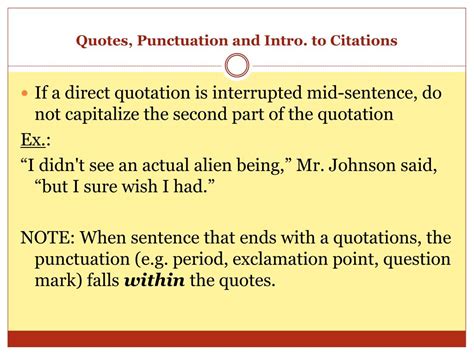How to Use Quotation Marks and Commas: A Comprehensive Guide
Mastering the art of quoting and punctuating correctly is crucial for clear and effective writing. This guide will help you confidently navigate the sometimes tricky world of quotation marks and commas, ensuring your writing is both grammatically sound and easily understood.
Understanding the Basics: Quotation Marks
Quotation marks (" ") are used to set off direct quotations – the exact words spoken or written by someone else. There are two main types:
- Double quotation marks (" "): These are the most common and are used for the main quote.
- Single quotation marks (' '): These are used for quotes within quotes (nested quotes).
The Rules of Commas and Quotation Marks
The placement of commas in relation to quotation marks follows specific rules:
Commas Inside Quotation Marks (American Style)
In American English, commas and periods always go inside the closing quotation marks.
Example: She said, "I'll be there by noon," and then she hung up.
Commas Outside Quotation Marks (British Style)
In British English, commas and periods typically go outside the closing quotation marks unless they are part of the original quote.
Example: She said, "I'll be there by noon", and then she hung up.
Semicolons and Colons
Semicolons and colons always go outside the closing quotation marks.
Example: He yelled, "Get out!"; then he slammed the door.
Question Marks and Exclamation Points
The placement of question marks and exclamation points depends on the context:
-
If the question or exclamation is part of the quote: Place the punctuation inside the closing quotation marks.
Example: He shouted, "Help!"
-
If the question or exclamation applies to the entire sentence, not just the quote: Place the punctuation outside the closing quotation marks.
Example: Did she say, "I'm leaving"?
Handling Nested Quotes
When you have a quote within a quote, use single quotation marks for the inner quote.
Example: He said, "She told me, 'I'm not going,' and then hung up."
Common Mistakes to Avoid
- Incorrect comma placement: This is the most common mistake. Pay close attention to the rules above to avoid confusion.
- Misuse of single and double quotation marks: Always use double quotes for the main quote and single quotes for nested quotes.
- Inconsistent style: Stick to either American or British style throughout your writing.
Practicing Perfect Punctuation
The best way to master quoting and comma usage is through practice. Read extensively, paying attention to how authors handle punctuation in their work. You can also use online grammar tools to check your writing and identify any errors.
Conclusion: Mastering Quotation Marks and Commas
By understanding and applying these rules, you can significantly improve the clarity and professionalism of your writing. Remember consistency is key; choose a style (American or British) and stick to it throughout your document. With a little practice, you'll be confidently using quotation marks and commas in your writing.
